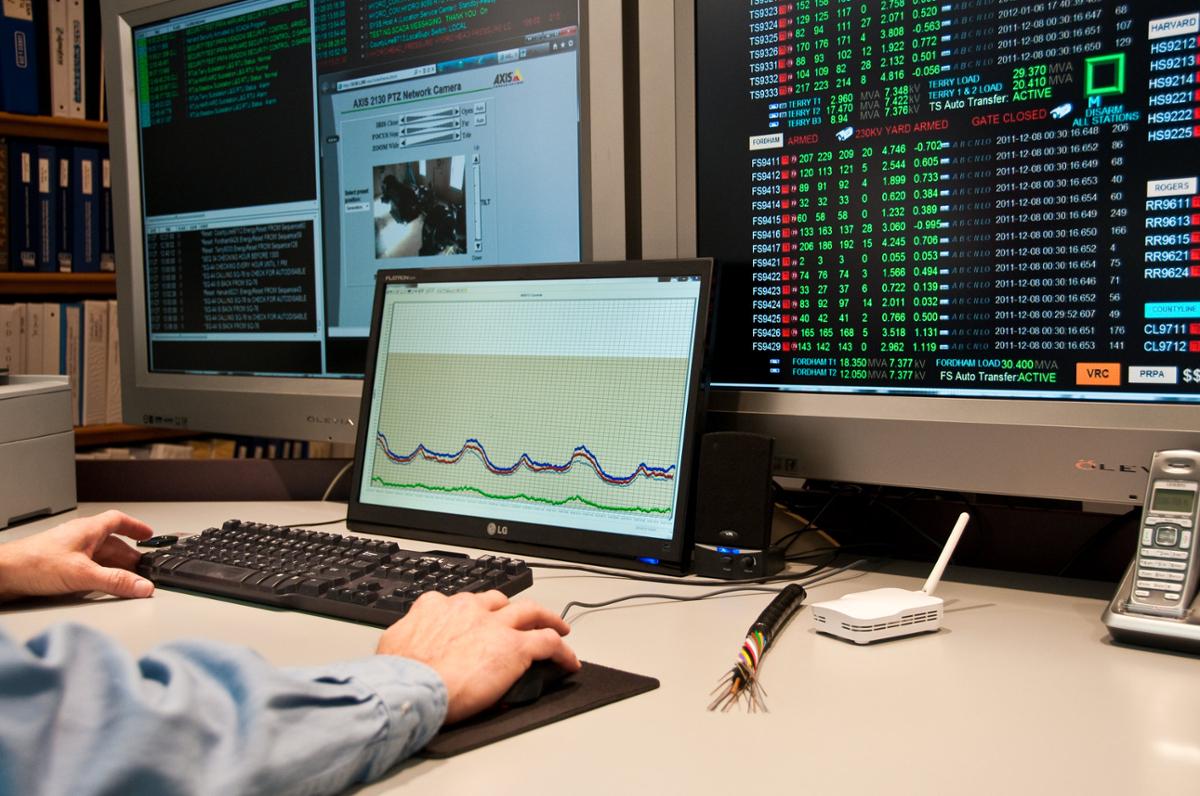Today, computers are everywhere. There are about two billion of them in the world, and their numbers are growing. Running all those computers takes large amounts of energy. Energy consumption by computers now rivals that from other big sectors of the economy, such as transportation, and is rapidly growing. Increased energy consumption contributes to environmental problems, such as global climate change. To address this problem, researchers are looking for ways to cut the amount of energy consumed by computers, without sacrificing their speed, size, or performance.
In 2022 a large international team of physical scientists published their results about a new way to do this. The researchers’ strategy involves the working parts of the computer chip, which are tiny switches called transistors. A state-of-the-art chip contains tens of billions, and each one uses electrical power every time it switches on or off. The researchers found a way to cut this power consumption by changing the materials that make up a thin coating on each transistor, called the gate oxide.
Their new gate oxide was a carefully engineered multilayered structure of hafnium oxide and zirconium oxide less that one ten millionth of an inch thick. They used this combination of materials because it exhibits a power-saving property called negative capacitance. Although physicists knew about this property already, this is the first time anybody found a practical way to use it, with materials suitable for a computer chip. The researchers found that the new gate oxide reduced the voltage needed to turn a transistor on and off compared to the old technology. This technology might be part of your next computer.










